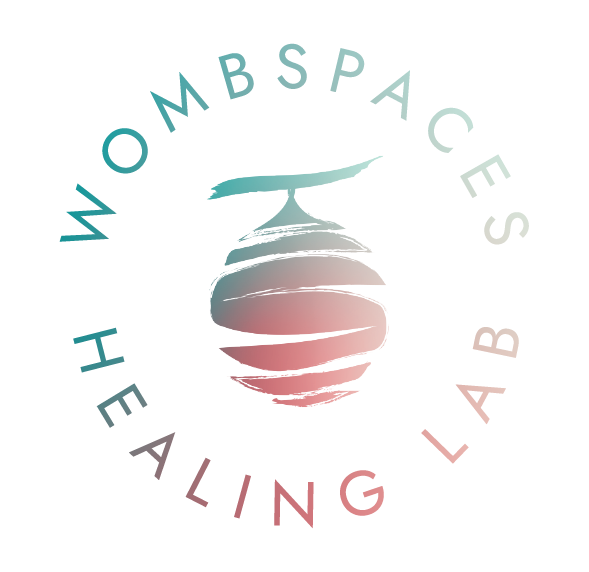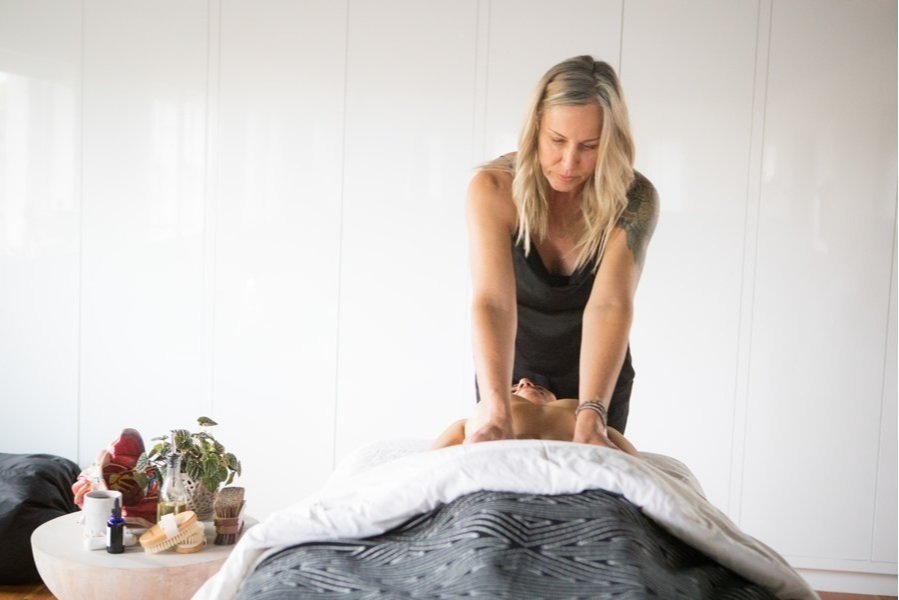
Scar Tissue Remediation Education and Maintenance
STREAM
for Prevention, Intervention, and Restoration
STREAM supports the body’s innate ability to come back into balance
Scar tissue is an often overlooked source of pain, blockage, and dysfunction, and remediating scar tissue can be life-changing.
Our womb + pelvic restoration work is a unique blend of visceral therapy, fascial work, and the STREAM methodology. STREAM integrates trauma, heals scar tissue, and restores natural vitality. STREAM is available in my Signature or STREAM one-on-one healing labs.
STREAM works to resolve:
conditions
procedures
uterine fibroids/(PCOS)
IUD removal
interstitial cystitis
vulvodina/vaginimus
labiaplasty
vestibule leucotomy
appendectomy
bartholin’s cyst
incontinence
frequent urinary infections/HPV
lichen Sclerosus
hernia - hemorrhoids
pain with sex or intercourse
painful menstruation
difficult menopause
varicose veins
weakness or numb legs
gut issues
preconceptions
post birth
issues due to
infertility
painful or irregular ovulation
endometriosis
chronic miscarriages
postpartum
post-cesarean
post-gynecological surgery
diastasis
episiotomy
prolapse
tension not weakness - causing rectocele or cystocele, and retroverted uterus pulling some organs out of position
Hip and low back pain

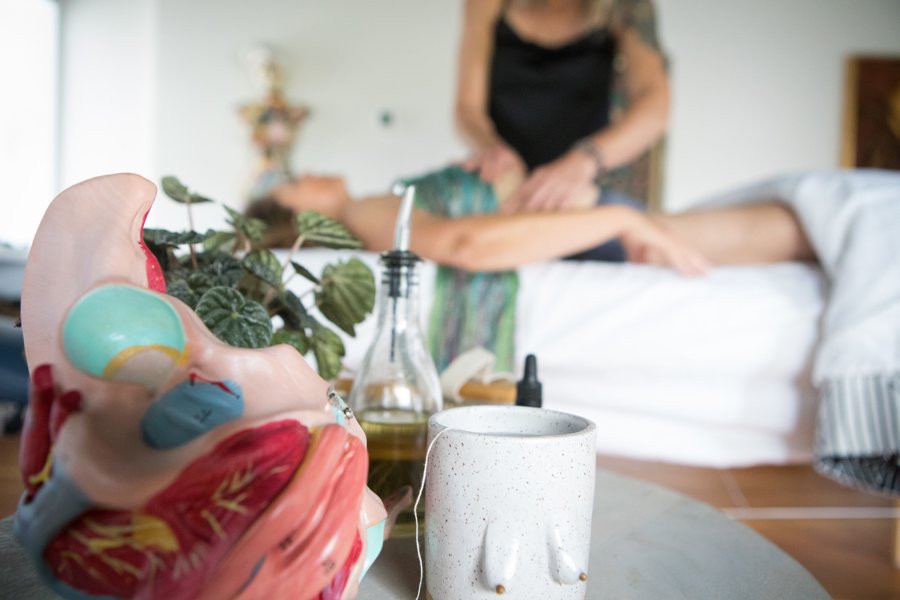


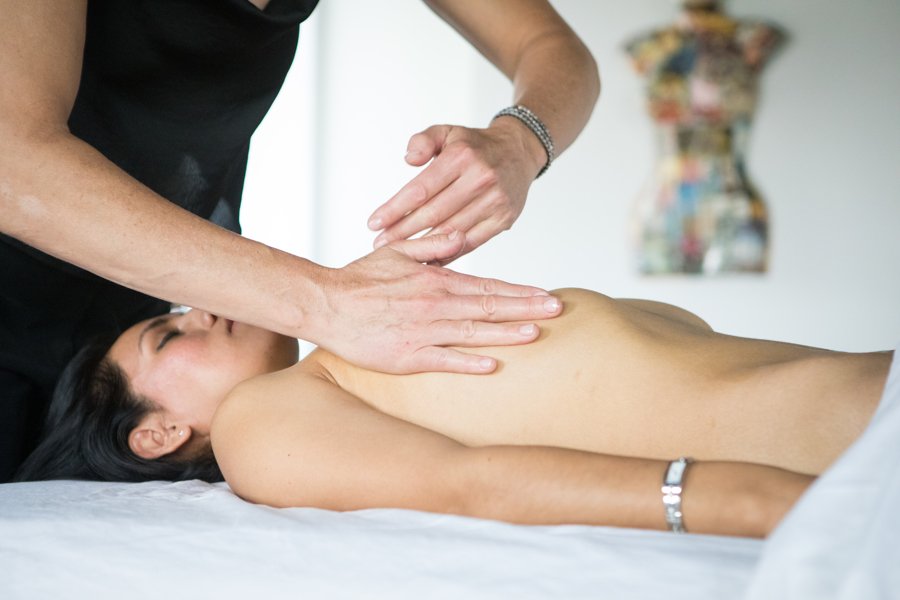


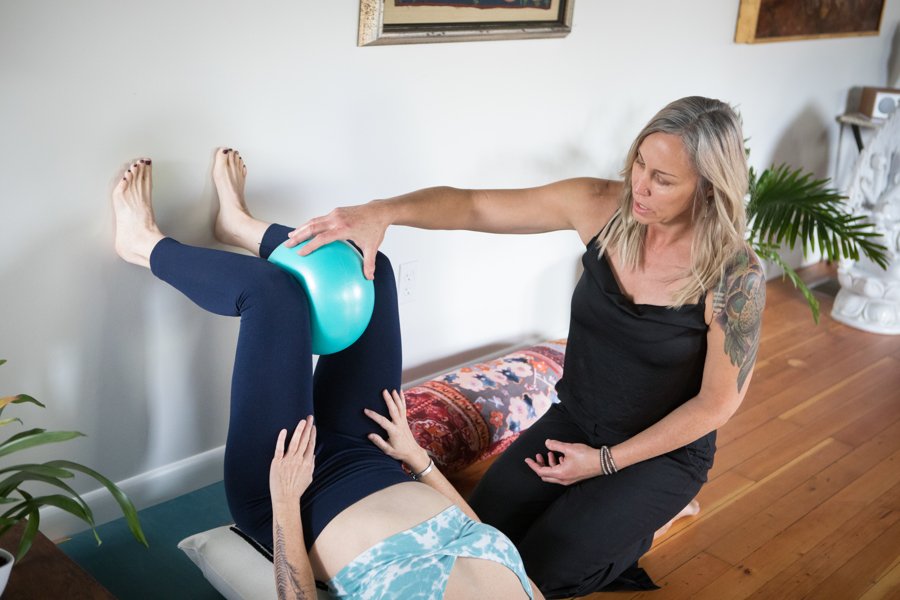
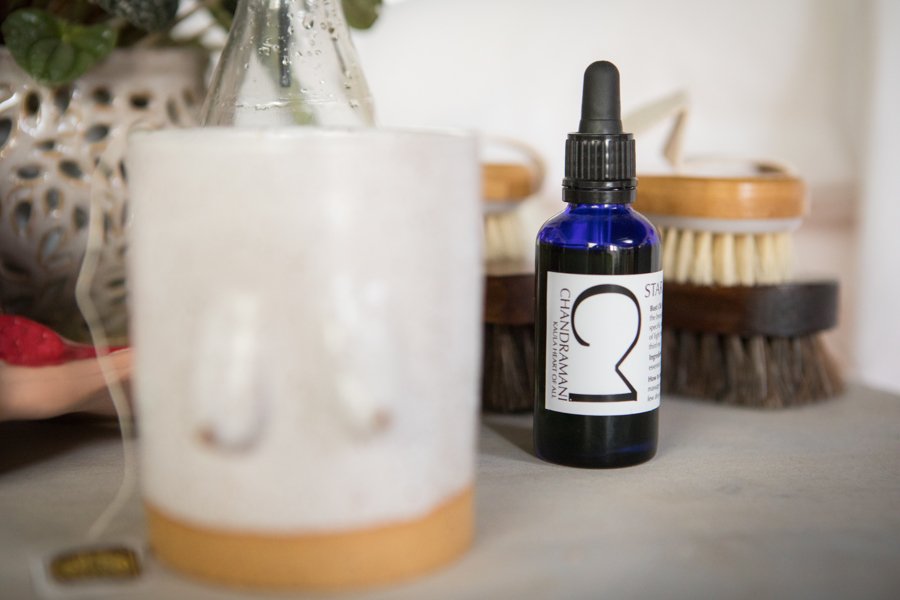
When to Work on Scar Tissue?
12 weeks after C-section 12 weeks postpartum
when you suspect scar tissue may be the cause of pain, impediment to mobility, or healthy function
*tissue needs time to adequately recover
Learn more about STREAM
(Scar Tissue Remediation Education and Management)
from founder Ellen Heed here.
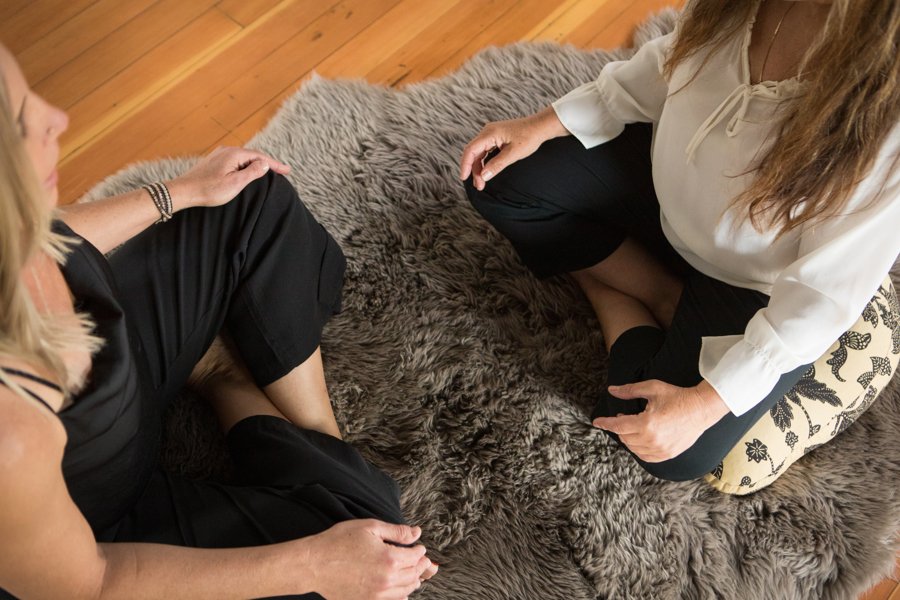
the STREAM lab
*six+ sessions focused on scar tissue remediation and healing
Your first few STREAM sessions are focused on assessment: looking at both seen and unseen issues, what’s moving and what’s not moving in your body, verbal cues, and (when possible) hands-on exploration of your unique embodiment signature.
The assessment process is nonlinear, unpredictable, and always unfolding as we make contact with each layer and look at how they interact with your narrative. We take a deep dive into how development affects our neurobiology, the biochemical, the biomechanical, and how scar tissue manifests and creates all kinds of emotional and physical dysfunction in the body.
For those dealing with scar tissue pain and disruption, you may ask yourself…
What happens to a scar after surgery or an injury?
Will I need remediation work after?
What effects do nutrition and medication have on scar tissue?
What is causing my pelvic pain?
Why can’t I get pregnant?
What is causing painful intercourse?
What’s up with my poop?
Could this be affecting my gut issues?
What are other questions I could be asking?

Exploring the 4 Domains of Physical Health
STREAM is built on a “four domains of physical health model” that acknowledges the impact, reciprocity, and interplay of the biochemical, biomechanical, emotional, and scar tissue domains in the physical body.
Scar Tissue
Scar tissue tends to spread like a spider’s web under the skin surface, attaching to bones, nerves, blood vessels, ligaments, and organs, creating chaos and disruption in our bodily systems.
Working with scar tissue and integrating it gently back into the healthy surrounding tissue creates lasting change down to the cellular level.
Emotional
Emotions create biochemical reactions in our bodies. They also calibrate and interact with our nervous systems.
STREAM work includes an exploration of how our life experiences bind in our bodies, affecting our emotional and physical health and well-being, creating armor that adheres to our tissue.
Biochemical
Biochemical inputs range from the internal (cortisol, adrenaline, hormonal), to the external (the food we eat, toxins we breathe, etc).
STREAM work includes an exploration of biochemical health (including nutritional, hormonal, etc.) and how any imbalances can create emotional and physical tension throughout the body.
Biomechanical
Posture and structure are key factors when assessing and working with the state of our physical condition.
STREAM work includes an assessment of your body structure, with attention to the particular tension patterns that affect your posture.
Using Biotensegrity Theory
A clinical study showed best results after 4-5 sessions
12 of 33 participants had a complete recovery, and 27 of 33 achieved one stage improvement.
Wouldn’t you like to know… ?
-
Definitely not! Scar tissue can impede the body’s ability to function as it should and can be the source of pain, blockage, and dysfunctional adaptation.
-
Adhesions are a bodies response to inflammation.
Adhesions can be present without scars, scars cannot be present without adhesions.Adhesions are thick and sticky. They chemically alter and release with manual manipulation.
Scar tissue replaces normal tissue by 70%. Remediation can release up to 70%.
-
Scars store somatic memory.
Touch, smell, sight, sound and taste can arouse a trauma response.
Scars undergo a remodelling of a person’s emotional state and may be more prone to the development of depression and anxiety; feelings of shame and aggression can follow.
-
Scar tissue spreads & propagates across and up pathways.
Scar tissue can potentially reach the sphenoid bone, the pattern-setter for posture.
Scar tissue can be the cause of TMJ and migraines, in some cases.
Scars inhibit collagen production.
When scars are present, surrounding tissues become less elastic, moving less electricity and thereby creating less circulation in the injured area.
Scar tissue does not oxygenate well, creating a PH acidic environment that cancer likes to thrive.
Scars manipulate and distort organ function as well as structural mechanics.
Remediation separates tissue and helps structures glide more efficiently.
Scar tissue dams the area filling up gasses, fluids, and energy flow to the injured area.
Wounds that form a capsular contracture in old scars can be treated.
